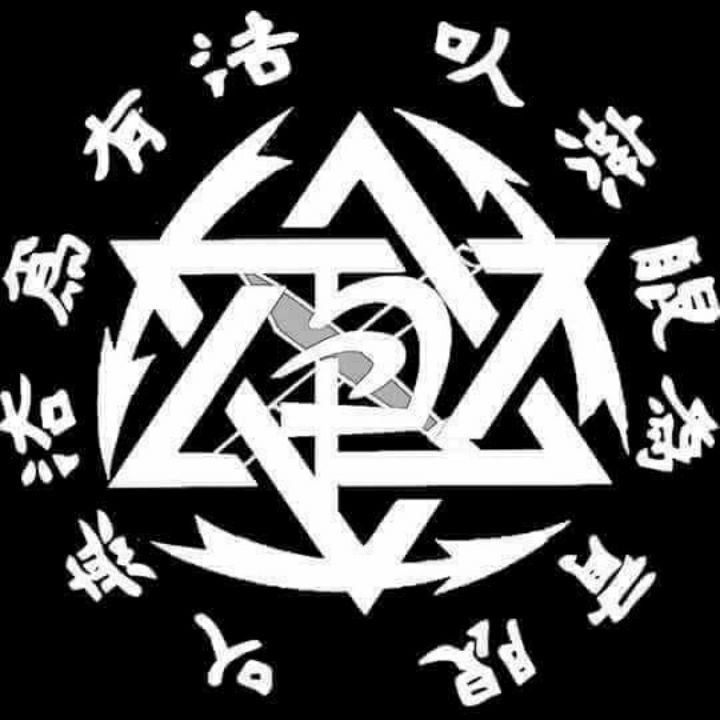The Influence of Bruce Lee's JKD on Ed Parkers Kenpo!
- Sifu Jeramiah Giehl

- Nov 30, 2023
- 4 min read
Over the years, it's intriguing to observe how Jeet Kune Do left its imprint on Ed Parker's Kenpo, especially given the close friendship between Ed Parker and Bruce Lee. How JKD may have influenced Ed Parkers Kenpo a little bit. Notably, Ed Parker invited Bruce Lee to demonstrate at his tournament, showcasing their collaborative spirit. We know Ed Parkers allowed Bruce Lee to do a demo at his tournament and asked Dan Inosanto to pick Bruce Lee up from the airport.
Jeet Kune Do and Kenpo Karate are both hybrid martial arts systems of sorts that emphasize adaptability, practicality, and efficiency. They both share a number of core principles. Both JKD and Kenpo emphasize the importance of adapting to the situation and the opponent. This means using whatever techniques are most effective at the time. Both JKD and Kenpo are focused on developing practical self-defense skills that can be used in real-world situations. This means avoiding flashy or impractical techniques and focusing on what is most likely to work. Both JKD and Kenpo emphasize the importance of using energy efficiently. This means using techniques that are simple, direct, and effective.
This thought I've had for years, I decided to post here based upon my comments on the ILJKD page saying, "The X/Y letter didn't tell Jerry Potteet he could teach Kenpo also, it just says not to teach JKD as Kenpo, or Kenpo as JKD. Bruce Lee didn't tell him he couldn't teach Kenpo. He was cautioned about not teaching JKD as Kenpo and vice versa. It wasn't a caution against cross training. He didn't tell him he couldn't teach Kenpo as Kenpo." Despite the caution in the XY letter against teaching JKD as Kenpo or vice versa, it seems that some JKD principles subtly influenced Kenpo.
Ed Parker and Bruce Lee were friends and collaborators, at least as far as the Long Beach tournament we know for sure where Ed Parker invited Bruce Lee. They both shared a passion for martial arts and a desire to develop practical and effective self-defense systems. Parker was one of the first people to introduce Kenpo to the United States, and he was a strong supporter of Bruce Lee's work.
Now we know the XY letter cautions against teaching JKD as Kenpo or Kenpo as JKD. But it doesn't caution against teaching Kenpo as Kenpo or JKD as JKD. Actually it encourages faithfully teaching an art as it was taught. This has been confused as a caution against cross training which is not what the letters purpose was. But that's not the point I'm going to make now.
Jeet Kune Do and Kenpo do share some similarities, and Ed Parker's friendship with Bruce Lee likely influenced the integration of some JKD principles into Kenpo. Both systems emphasize practicality and efficiency in combat, favoring direct and economical movements. Ed Parker, being friends with Bruce Lee, would have had exposure to JKD concepts, and the cross-training of his Black Belts with Bruce Lee further facilitated the exchange of ideas.
The caution in the XY letter emphasizes the importance of preserving the integrity of each art, not discouraging cross-training. Ed Parker's exposure to JKD concepts through his friendship with Bruce Lee likely played a role in integrating these ideas into Kenpo. So despite the way the XY letter is interpreted, I will say this, there are some influences of JKD in Ed Parkers Kenpo, with former Kenpo Black Belts like Dan Inosanto, Larry Hartsell, and Jerry Potteet, it stands reasonable that some JKD found its way into Kenpo additional Eskrima has also been incorporated into some of Ed Parkers Kenpo schools.
Incorporating JKD principles into Kenpo meant adopting concepts like intercepting, using the shortest distance, and adaptability across combat ranges. The influence of Bruce Lee and his associates, coupled with potential interactions between Bruce Lee and Ed Parker, likely contributed to this integration.
The influence of Dan Inosanto, Larry Hartsell, and Jerry Potteet, who trained with Bruce Lee and became JKD instructors, may have contributed to a cross-pollination of techniques and philosophies between JKD and Kenpo within their martial arts community. Or any exchanges Bruce Lee and Ed Parker had together as well.
The involvement of Kenpo Black Belts like Dan Inosanto, Larry Hartsell, and Jerry Potteet in JKD training further facilitated the exchange of techniques and philosophies. Eskrima, introduced by Dan Inosanto, and also elements of JKD found their way into some Kenpo schools. The cross-pollination of ideas extended beyond the XY letter's caution, reflecting a dynamic interchange between JKD and Kenpo.
Certain Kenpo schools go as far as incorporating Joe Lewis Kickboxing, which includes elements of JKD that Lewis acquired from Bruce Lee. This encompasses not only the 5 Ways of Attack but also various other facets of JKD. In a cross martial arts tournament during the early '90s, I personally experienced a Kenpo instructor's son executing a Straight Blast, demonstrating the integration of JKD techniques. Instances of stop kicks and other JKD-influenced moves further underscore the cross-disciplinary influence within these Kenpo schools.
In tournaments, instances of Straight Blast, stop kicks, and other JKD techniques being employed by Kenpo practitioners highlight the tangible impact of this cross-pollination. Despite the caution in the XY letter, the shared passion for practical and effective self-defense systems fostered a subtle integration of JKD principles into Ed Parker's Kenpo.

Comments